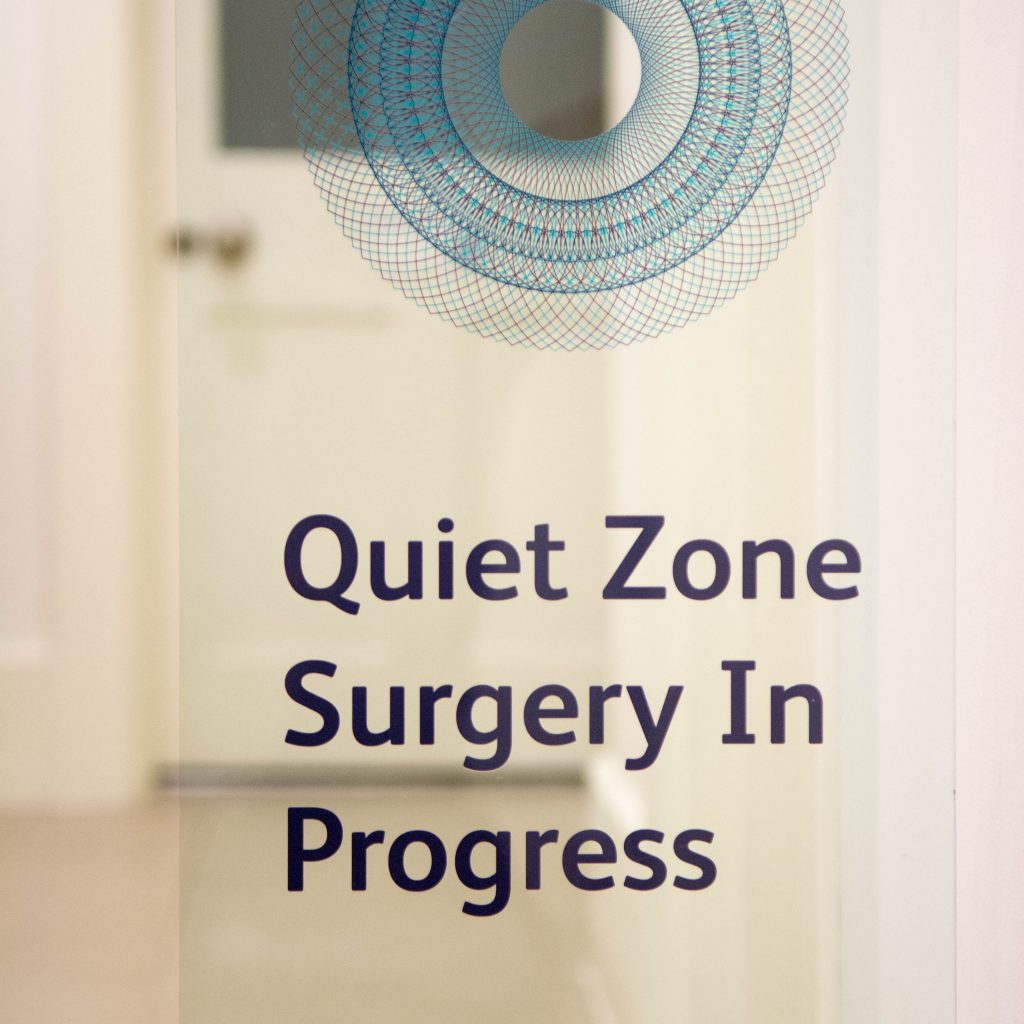When does presbyopia start?

Literally meaning “old eye”, presbyopia is the medical term we use for the natural effects of ageing on the eye.
The first thing you’re likely to notice is a loss of ability to read fine print and focus on objects up close. It may be you’re holding the newspaper further and further away or squinting to read material you could once see clearly. Add to that stress, eyestrain, and headaches, and you’ve got a typical case of presbyopia.
But being so closely related to ageing, presbyopia is not something most of us are willing to admit we’re experiencing.
So we ignore it, living in denial of what’s happening to our vision and allowing it to silently get worse and worse.
I mean, it’s either that or succumb to the bane of reading glasses or bifocal lenses. Right?
Not exactly. Today it’s possible to banish the effects of presbyopia — all you need to do is own up to it and take the necessary course of action.
At the first sign of symptoms, make a visit to your eye care professional for a comprehensive examination. Here they will assess your eyes, inform you how far on the presbyopia is, and advise changes to your existing prescription or write you a new one.
Next is the method of treatment. Glasses, such as varifocals and bifocals are the most common means of correcting Presbyopia, but they’re far from the most convenient solution. Broken rims, lost pairs, foggy and scratched lenses, their overtness and incompatibility with exercise and sport; these are just some of the impracticalities that make them far from perfect solutions.
In fact, it was due to such poor treatment options for presbyopia that a team including Professor Dan Reinstein developed a Laser Eye Surgery technique called PRESBYOND® Laser Blended Vision.
First introduced in 2004, PRESBYOND® Laser Blended Vision has freed thousands of patients from the effects of presbyopia and allowed them to avoid the pains of traditional treatment methods.
So there is life after presbyopia. Admitting your vision isn’t what it used to be no longer has to mean spending the rest of your life wondering where you put your glasses — it can be the first step to securing many more years of youthful vision.
There’s no escaping presbyopia, so what age will it affect me?
The effects vary from person to person and can appear as early as 35 or as late as 50, but most people will begin to experience presbyopia in some form or other in their mid-40s.
If you have a refractive error such as longsightedness or astigmatism, presbyopia will likely affect you earlier rather than later. But someone with good eyesight and no refractive error may not experience it until their mid to late 40’s. It’s also worth noting that some conditions such as diabetes can speed up its onset. If you are shortsighted, then you will find yourself taking off your glasses to read – again, this will usually happen in your mid to late 40’s.
So if you’re at that sort of age where simple tasks like reading the newspaper or examining the ingredients on a product are becoming a struggle, avoid prolonging the inevitable and visit your eye doctor today. Once you have a clear diagnosis, find out if you’re a suitable candidate for Laser Eye Surgery (98 percent of people are), and take a huge leap towards restoring your vision to its former glory.
If you’d like to find out more about presbyopia, or book a consultation with us, leave us a comment or call us on 020 7224 1005.


